Blending Tradition and 3D Printing in Dubai Furniture Design
Přidal 3dprintingdubai, dne 9. 04. 2025, 0x
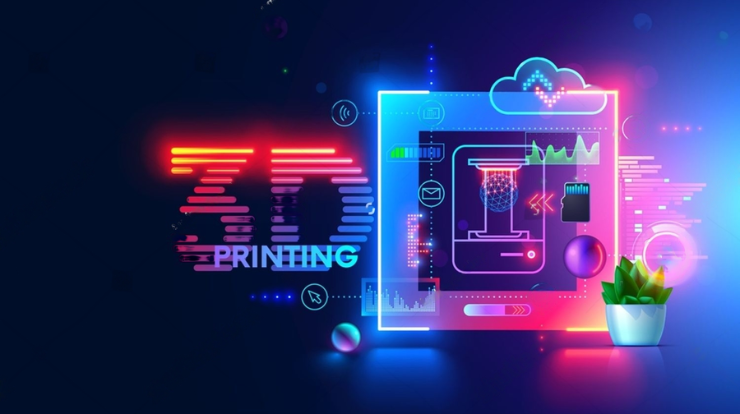
Dubai has always been known for blending tradition with innovation. In the world of custom furniture design, this balance is more important than ever. As 3D printing grows in popularity, many furniture designers in Dubai are not leaving behind traditional craftsmanship.
Instead, they are combining it with modern technology to create new forms of expression. This fusion brings together heritage, precision, and creativity. The result is unique furniture that reflects both cultural values and futuristic thinking.
The Rise of 3D Printing in Dubai's Furniture Scene
3D printing is changing how furniture is made in Dubai. It allows designers to build complex shapes and custom forms using digital files. The process is faster and more precise than many traditional methods. However, while technology adds efficiency, it cannot replace the warmth and detail of handmade work.
Dubai's designers understand this. They use 3D printing as a tool, not a replacement. It helps them save time on structure and form, while leaving room for artisans to add finishing touches. This combined process creates pieces that are both high-tech and deeply human.
Preserving Heritage Through Design
Many Dubai-based designers are passionate about their cultural heritage. Traditional patterns, carvings, and techniques are important in Middle Eastern furniture. With 3D printing, these patterns can be recreated or reimagined in modern forms.
For example, designers may 3D print a base structure of a chair and then add hand-carved wood elements. Or they might print patterns inspired by Arabic geometry and finish them with natural stains or handmade fabric. In this way, tradition lives on, not only through memory but through active practice.
Hand Finishing Adds Value and Authenticity
3D printing Dubai can produce the core of a furniture piece. But in many cases, hand-finishing gives it soul. In Dubai's luxury market, clients want exclusivity and authenticity. Hand-polished surfaces, stitched fabrics, and detailed inlays still hold strong value.
After printing the base form, artisans can smooth surfaces, apply natural finishes, or add artistic touches. This process allows each piece to feel alive and personal. No two items are exactly the same, even if they share the same printed base.
Collaborations Between Designers and Craftspeople
In Dubai, it is common to see collaboration between designers and traditional craftsmen. A designer may create a digital model and 3D print the base. Then a skilled artisan takes over to add texture, paint, or decoration.
This teamwork honors the skills of both worlds. It also creates jobs and keeps traditional methods alive. In many workshops across Dubai, older craftsmen are now working alongside younger designers. They teach each other, learn new ways, and grow together.
Use of Local Materials with 3D Printed Forms
Dubai's furniture designers are also mixing traditional materials with modern 3D prints. Items like palm wood, camel leather, and woven fabrics are being used with plastic or resin-based prints. This mix adds warmth and texture to modern shapes.
For instance, a 3D printed table base might be topped with hand-polished marble or wood. A printed bench could include hand-woven seating made from natural fibers. This use of local materials also supports the sustainability movement in the region.
Inspired by Traditional Motifs
Many modern 3D printed designs still draw inspiration from traditional Emirati and Arabic motifs. Designers use digital software to trace old patterns and create new interpretations. These designs are then printed into furniture elements.
Whether it is a side table with intricate arabesque panels or a modern sofa with traditional outlines, the influence of history remains strong. This link between past and present makes the furniture both innovative and culturally rich.
Training and a New Generation of Hybrid Designers
Design schools and workshops in Dubai are now teaching both 3D design and traditional skills. Students learn how to work with digital tools and also understand the value of craftsmanship. This training creates a new generation of hybrid designers.
They are not just makers. They are storytellers who know how to bring digital dreams into the physical world. They see the value in both machine and hand, and they use each to their full potential.
Customization at a Deeper Level
With 3D printing, personalization is easier. Clients can choose the shape, size, and form of a furniture piece. But with traditional craftsmanship, they can also choose finishes, textures, and materials that tell their own story.
Dubai's designers are offering this full range of customization. A piece can be digitally designed for a specific space, printed quickly, and then hand-finished to reflect a client's personal style. This level of detail helps build strong relationships between makers and buyers.
Faster Prototyping, Better Results
Traditional craftsmanship often requires many hours of trial and error. With 3D printing, a prototype can be made quickly and tested before finishing. This speeds up the design process and reduces material waste.
Once the digital model is approved, the designer can move forward with confidence. Craftspeople then apply their skills to enhance the final result. This method brings together speed, skill, and quality in perfect balance.
Conclusion
Dubai's furniture designers are showing the world how to blend tradition with technology. They are not choosing between the past and the future. Instead, they are building bridges between the two.
By combining traditional craftsmanship with modern 3D printing, they create custom furniture that is efficient, expressive, and deeply meaningful. As Dubai continues to grow as a design hub, this approach will inspire others to follow the same path. It proves that heritage and innovation can work hand in hand.
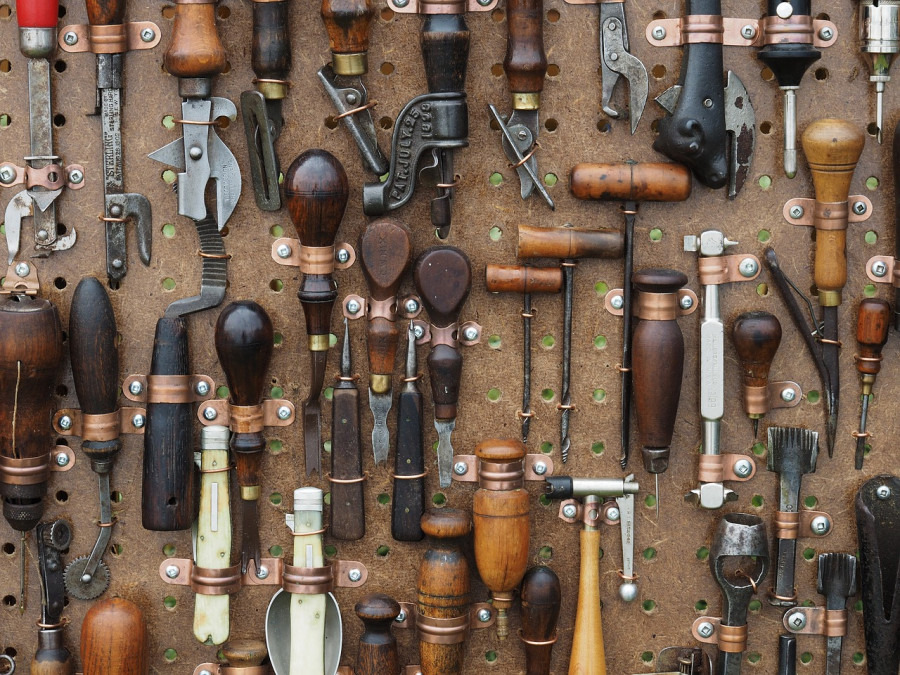
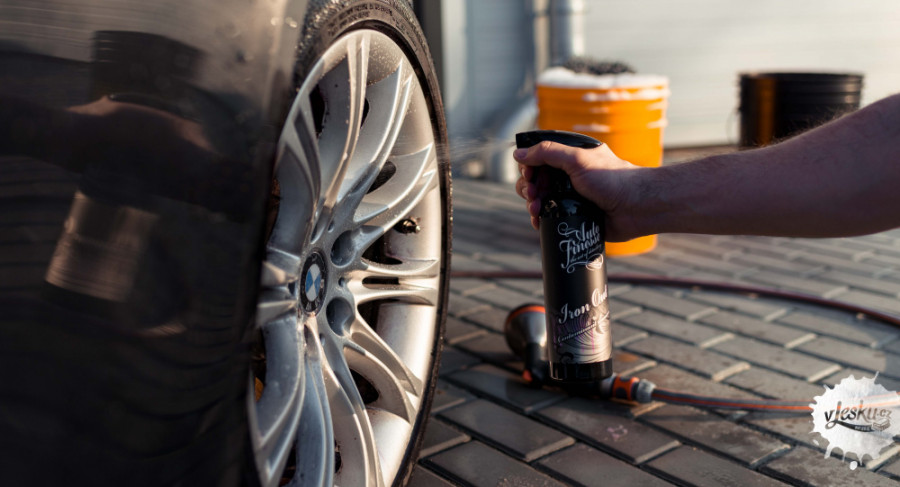

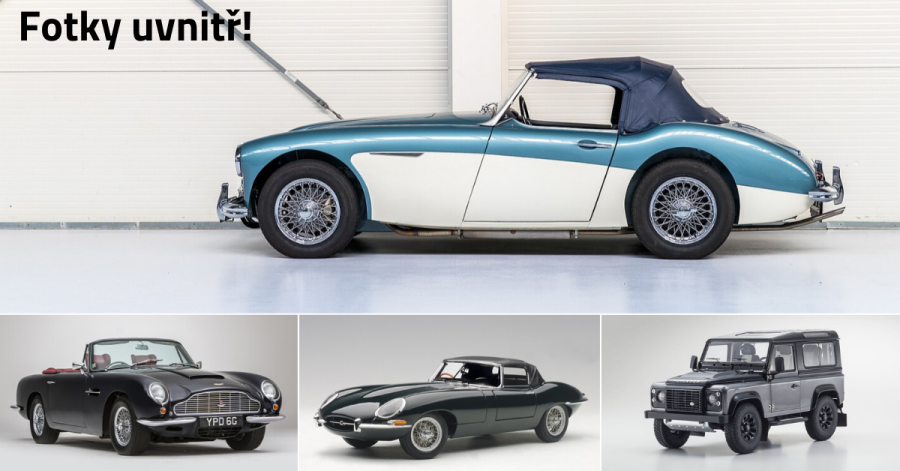



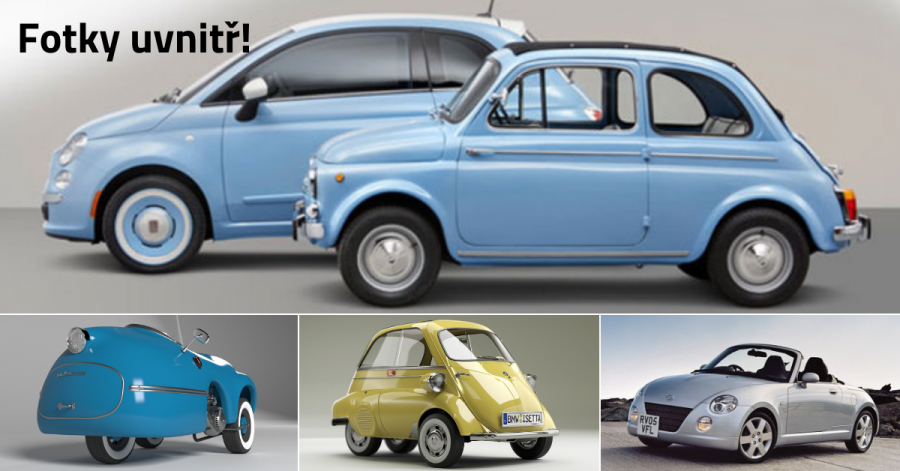


Komentáře:
Nenacházejí se zatím žádné relace v databázi.